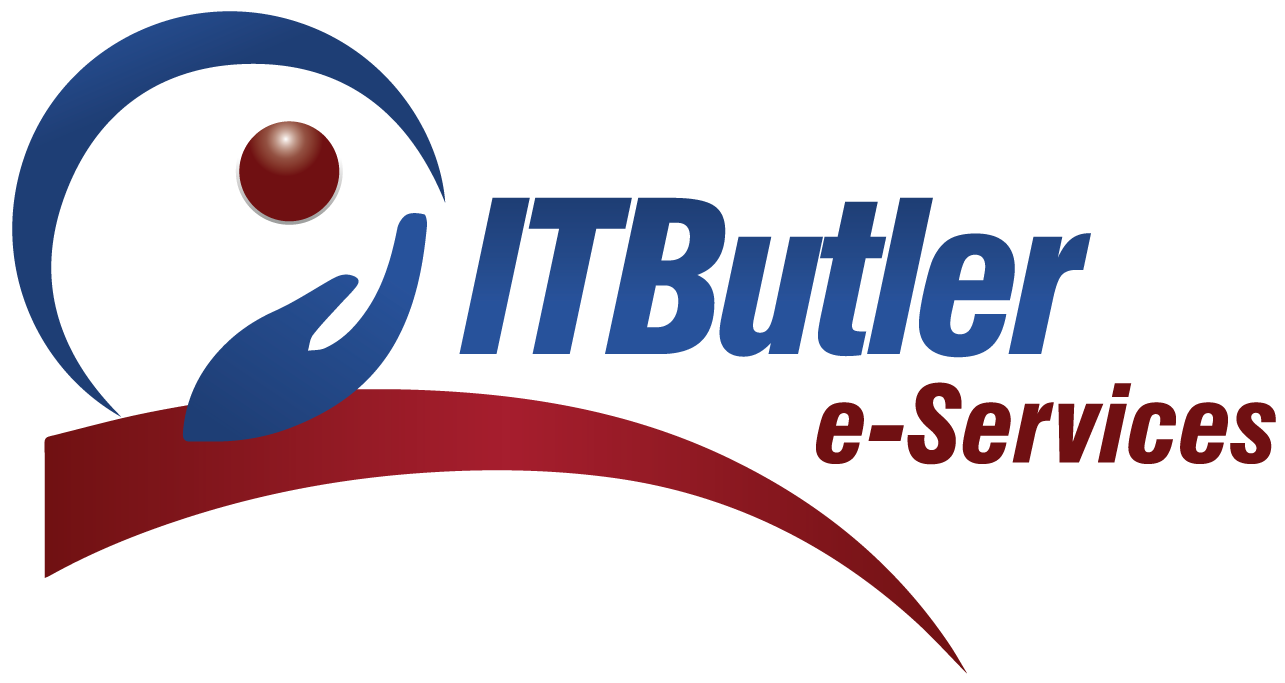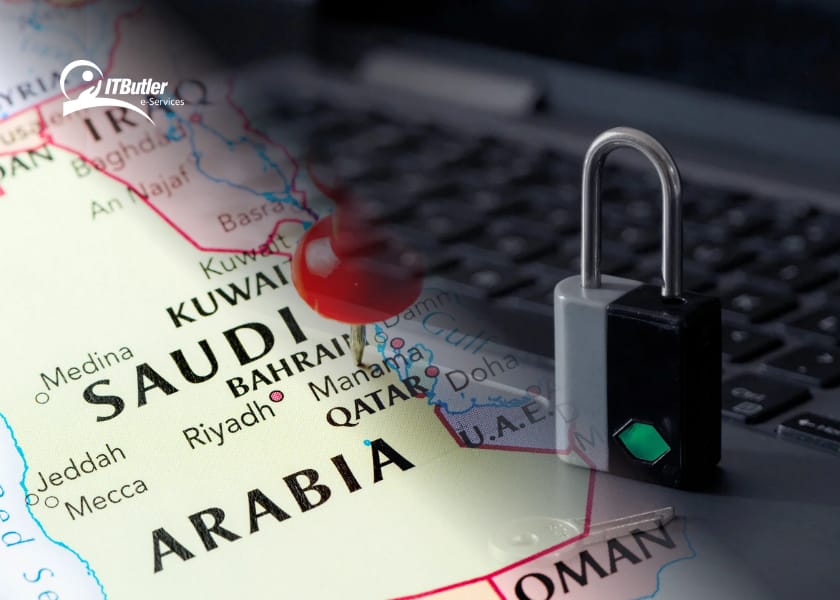Sometimes one has to wonder as to how financial institutions’ officers can deal with the various risks that they encounter in their line of duty? However, the financial institutions manage multiple types of risks, including credit risk, operational risk, market risk, and liquidity risk among others. So, the management of these risks is relevant for the stability of the institution as well as the economy at large. However, there is an independent institution known as SAMA that oversees the running of various online financial institutions in KSA. In managing its risks, it has detailed SAMA risk management regulations that ensure that the authority does not fall prey to the various vices
But why is it crucial for financial institutions and how is it implemented? In this blog, we will focus on SAMA risk management to discover more on the regulatory policies, and governing the field. Moreover, how institutions can be ready to face the risks found in the financial instances they may encounter.
What is SAMA Risk Management
SAMA risk management may be defined as guidelines and standards on managing many types of financial and operational risks for financial institutions. This ranges from safeguarding customers’ information to ensuring that the banks are safe from volatile markets.
So these risk management tools aim at ensuring that the identified institutions are in a position to evaluate and minimize any risk that may hinder or upset their MCAS. Moreover, it is crucial to manage such risks as market volatility, and cyber security threats.
Why Is Risk Management Important to the Financial Institutions?
The following is a list of reasons why it is necessary;
1. Overcoming challenges in the financial sector: A disruption of this sort in the financial sector, perhaps may have a trickle-down effect on the economy as a whole. However, for the Kingdom of Saudi Arabia to remain relevant economically, globally, financial stability must become a priority.
2. Less Legal and Financial Risk: Through following these guidelines, financial institutions will be in a position to minimize provincial penalties. Furthermore, fines, lawsuits, and even loss of operating license are some implications that a firm faces when it does not follow SAMA’s regulations.
3. Customer Satisfaction: Execution of all risk management procedures is important. Because they help to build trust with the customers in financial institutions. Customers are loyal with a financial service provider that safeguards their money and information.
4. Better Decision Making: It enables institutions to take better decisions since it outlines necessary measures to be taken in case something goes wrong. In understanding financial risks, it facilitates corporations to have a better way of forecasting.
Key Components of SAMA Risk Management
SAMA has provided guidelines that must be used to manage risks in financial institutions. These guidelines encompass the following risk categories:
1. Risk Identification
As a guideline, the first stage in any implementation of risk management is to assess the risks. Any firm in the financial sector should identify the internal and external threats in the field. For example, internal risk factors are the risks linked with operational failure or fraud cases. Likewise, external risks may be a fluctuation in the market or cyber threats.
This way, such risks enable financial institutions to avoid or minimize them. These guidelines support and encourage the creation of a risk identification system.
2. Risk Assessment
However, as pointed out earlier in this paper, risk assessment goes beyond merely identifying the risks that are present. This process involves assessment of the effects that can be likely to result from a risk.
Therefore, SAMA recommends that the financial institutions make it their practice to conduct the SAMA risk assessment. They do so to get acquainted with all risks. So this comprises of assessing the extent of the institution to every risk and quantifying the potential loss that is likely to occur.
3. Risk Mitigation
Risk management on the other hand deals with the methods implemented to reduce the impact of risks or possibility of occurrence of the risks. After identifying and evaluating the risks, institutions should take steps to avoid them.
For instance, to manage risks in the financial market, a financial institution has to adopt strategies. It may then be useful to implement better internal controls, such as strict procedures and processes.
SAMA guidelines recommend that institutions should begin with a systematic identification of the risks. Then they should develop a preventive mechanism for those risks through regular monitoring and adjustments to the prevention process.
4. Risk Monitoring
When it comes to managing risks, it is equally crucial to identify the overall indicators of the risks you have put in place for management. SAMA risk management must therefore be active constantly to avoid missing some risks.
Monitoring involves tracking transactions, reviewing financial performance, and keeping an eye on market trends. Therefore, banks and similar institutions must monitor for approaches that would alert them to potential risks.
5. Compliance and Reporting
One of the key elements of SAMA risk management is maintaining compliance with regulatory standards. So every financial institution must provide regular information about the risk management process and the outcomes to SAMA. Such reports make available information and enable SAMA to evaluate the efforts of each institution in managing risks.
In addition, institutions must also record all decisions and activities on the risks to prove that they meet the required standards.

Key Challenges in Implementation
While risk management comprises a good guideline, institutions may experience difficulties when it comes to its application. So the most typical challenges are:
1. Lack of Resources
Prevention of risks entails a process of controlling, which may involve spending on technology, personnel, and learning. Small banks and similar organizations may not have the necessary capital to implement a properly managed risk management program.
2. Rapidly Evolving Risks
The financial market is constantly changing, with new risks emerging regularly. For example, cybersecurity threats are evolving at a fast pace. So SAMA’s risk management guidelines help institutions stay up-to-date.
3. Complex Regulatory Market
Over the years, the regulations have been somewhat challenging to deal with. Simultaneously, it is challenging to work according to the rules set in the local legislation while also adhering to the global rules and regulations.
Conclusion
SAMA risk management is a significant factor when it comes to maintaining financial security in Saudi Arabia. Because SAMA’s guidelines help the institutions in the identification, evaluation, management and monitoring of risks. So this not only saves them from fines and losing the reputation of their corporations but also enhances the stability of the whole financial sector.






